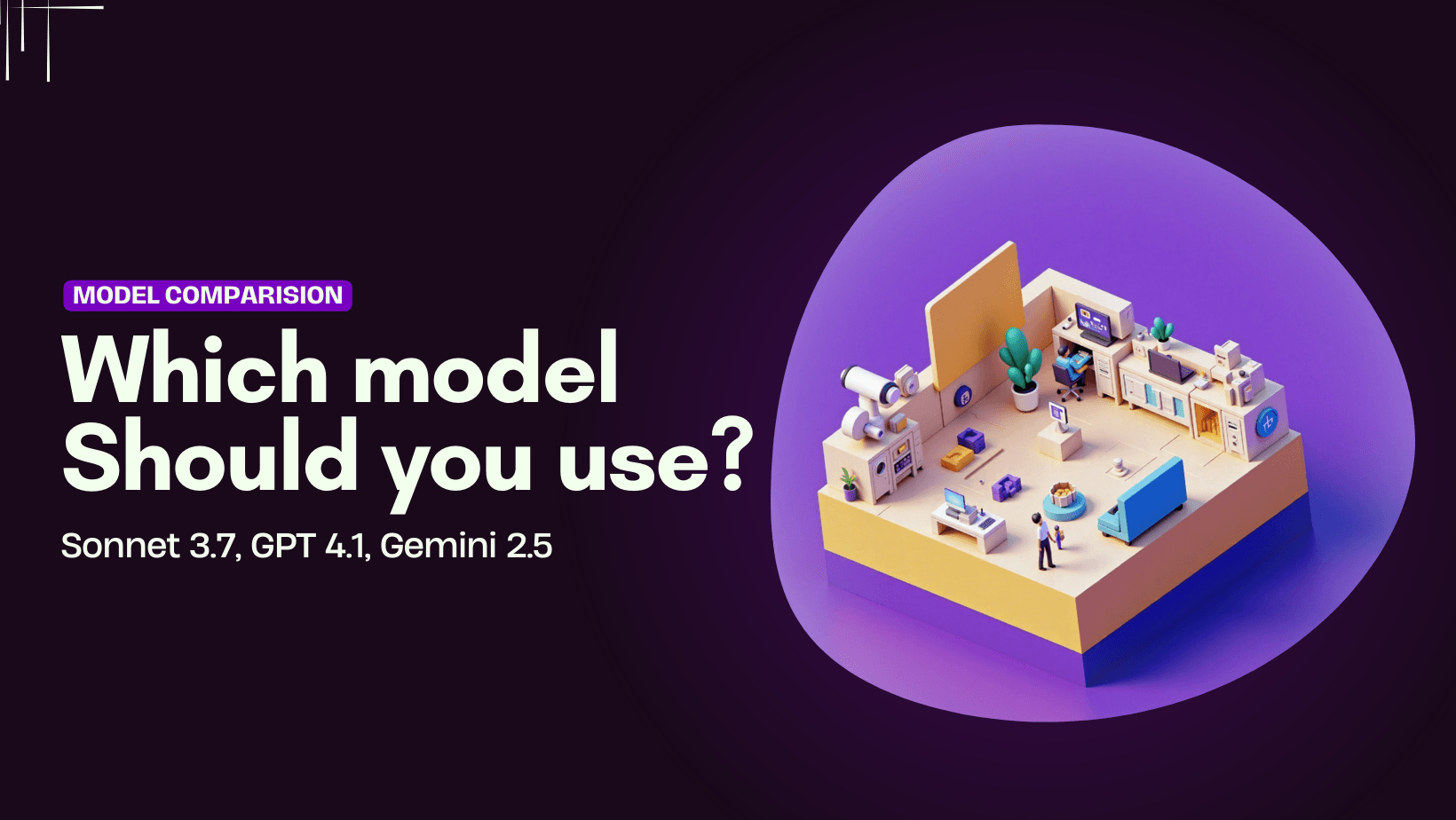GPT-5 : Everything You Should Know About OpenAI’s New Model

OpenAI officially launched GPT-5 on August 7, 2025 during a livestream event, marking one of the most significant AI releases since GPT-4. This unified system combines advanced reasoning capabilities with multimodal processing and introduces a companion family of open-weight models called GPT-OSS.
If you are evaluating GPT-5 for your business, comparing it to GPT-4.1, or understanding the new pricing structure, this analysis provides verified information from OpenAI’s official documentation and independent testing.
What is GPT-5?
GPT-5 is the large language model from OpenAI and the direct successor to GPT-4.1, O series and GPT-4o.
GPT-5 represents a fundamental shift in OpenAI’s model architecture. Rather than offering separate models for different tasks, GPT-5 operates as a unified system with an intelligent router that automatically selects between fast processing and deep reasoning based on query complexity.
The system consists of three operational modes:
- Fast Mode handles routine queries with minimal latency, suitable for straightforward questions and quick responses.
- Thinking Mode activates automatically for complex problems requiring multi-step reasoning, or when users explicitly request deeper analysis with phrases like “think carefully” or “take your time.”
- GPT-5 Pro provides extended reasoning capabilities for the most demanding tasks, available exclusively to Pro subscribers at $200 per month.
Release Date: August 7, 2025
Key Architecture Change: Real-time router replaces manual model selection
Availability: All users including free tier, with usage limits based on subscription level
Notable Milestone: Will launch alongside an open-source foundation model, a first from OpenAI at this level.
Confirmed GPT-5 Capabilities & Specifications
OpenAI has published detailed benchmark results and technical specifications for GPT-5, demonstrating substantial improvements across multiple domains.
| Feature | GPT-5 Specification |
|---|---|
| Context Window (API) | 400K tokens (272K input + 128K output) |
| Modality Support | Text, Image, Audio (native) |
| Memory | Persistent, built-in across sessions |
| Tool Use | Native agent execution with automatic tool calling |
| Open-Weight Models | GPT-OSS-120b and GPT-OSS-20b (separate release) |
| Hallucination Reduction | 80% fewer factual errors vs o3 (with thinking mode) |
| Response Speed | Adaptive—fast or reasoning-based depending on query |
| Access | Free tier (limited), Plus ($20/mo), Pro ($200/mo), Enterprise, API |
Understanding GPT-OSS: OpenAI’s Open-Weight Models
GPT-OSS is not GPT-5. This distinction is critical. OpenAI released two separate open-weight models—gpt-oss-120b and gpt-oss-20b—on August 5, 2025, two days before GPT-5’s launch.
GPT-OSS-120b contains approximately 117 billion total parameters with 5.1 billion active per token, using a Mixture-of-Experts (MoE) architecture. It runs on a single H100 GPU and delivers performance comparable to o4-mini.
GPT-OSS-20b features approximately 21 billion parameters optimised for agentic tasks and tool use. It operates efficiently on consumer hardware with 16GB+ VRAM, enabling local deployment for privacy-sensitive applications.
Key Characteristics of GPT-OSS Models:
- Licensing: Apache 2.0, permitting commercial use without copyleft restrictions
- Context Window: 128K tokens with RoPE extension and sliding window attention
- Deployment: Self-hosted via Hugging Face, GitHub, or managed inference providers
- Availability: Cannot access through OpenAI’s hosted API or ChatGPT interface
- Performance: Competitive with GPT-4o-mini on reasoning benchmarks including MMLU, GPQA, and AIME
These models address regulatory concerns and enable experimentation in environments requiring data sovereignty, particularly in regulated industries where cloud-based processing raises compliance issues.
GPT-5 Pricing Structure: API and Subscription Tiers
OpenAI positioned GPT-5 aggressively in the market, undercutting GPT-4o on input costs by 37.5% whilst delivering superior performance across benchmarks.
API Pricing (Per Million Tokens):
- GPT-5: $1.25 input / $10 output
- GPT-5-mini: $0.25 input / $2 output
- GPT-5-nano: $0.05 input / $0.40 output
- Cached Input Discount: 90% reduction on repeated prompts (cached input: $0.125 per 1M tokens for GPT-5)
ChatGPT Subscription Options:
- Free Tier: Limited access to GPT-5 (10 messages every 5 hours), automatic fallback to GPT-5-mini after limits
- Plus ($20/month): Higher usage limits, GPT-5 Thinking mode access, file uploads, web browsing
- Pro ($200/month): Unlimited GPT-5 access, exclusive GPT-5 Pro with extended reasoning, early feature access
- Team ($25/user/month): Enterprise controls, GPT-5 Pro access, collaborative tools, centralised billing
- Enterprise (Custom): Volume discounts, invoicing, enhanced security, dedicated support
The 90% caching discount fundamentally changes cost economics for high-volume applications.
GPT-5 vs GPT-4.1: Key Differences Compared Side-by-Side
| Feature | GPT-4.1 | GPT-5 |
|---|---|---|
| Release Date | April 2025 | August 7, 2025 |
| Context Length (API) | Up to 1M tokens | 400K tokens (272K input + 128K output) |
| Modalities | Text, Image | Text, Image, Audio (native) |
| Math Accuracy (AIME 2025) | 42.1% | 94.6% (without tools) |
| Memory | Session-based | Persistent across sessions |
| Tool Use | Function Calling | Built-in agent behaviour with auto-routing |
| Variants | Mini, Nano, Standard | Standard, Mini, Nano, Pro |
| Coding Benchmark (SWE-bench Verified) | 54.6% | 74.9% |
| Hallucination Reduction | Baseline | 80% fewer errors vs o3 (with thinking) |
| Pricing (API) | $2 input / $8 output per 1M tokens | $1.25 input / $10 output per 1M tokens |
What Makes GPT-5 Different From Previous Models
- Context-Aware Planning: GPT-5 exhibits agentic behaviour, breaking down complex tasks into sequential steps before execution rather than generating responses linearly.
- Autonomous Task Execution: Built-in tool use enables GPT-5 to execute actions rather than merely suggesting them. The model can call functions, search the web, execute Python code, and handle multi-step workflows without external orchestration.
- Persistent Memory: Cross-session memory allows GPT-5 to remember user preferences, past conversations, and context across multiple interactions, enabling genuine personalisation in professional workflows.
- Safe Completions Approach: Rather than binary refusal for sensitive queries, GPT-5 provides high-level responses that avoid harmful specifics whilst remaining helpful—particularly valuable for dual-use domains like biology and cybersecurity.
These capabilities transform GPT-5 from a text generation system into an autonomous agent capable of sustained task completion. The implications extend beyond conversational AI into workflow automation, research assistance, and complex problem-solving scenarios.
Suggested Reading
- OpenAI GPT 4.1 vs Claude 3.7 vs Gemini 2.5: Which Is Best AI?
- The Best AI Agent Builders of 2025 (Top Picks)
- What Are AI Voice Agents & How They Work?
- Prompt Chaining vs Chain of Thoughts Prompting
FAQ
When is GPT-5 releasing? ▼
GPT-5 is expected to launch in Summer 2025, though OpenAI has not announced an official release date.
Will GPT-5 be open source? ▼
No. GPT-5 itself will remain closed-source. However, OpenAI will release a separate open-source model for research and experimentation.
What are the confirmed features of GPT-5? ▼
GPT-5 will include:
• 1M+ token context window
• Native audio support
• Built-in memory
• Autonomous agent execution
• Better accuracy with fewer hallucinations
How is GPT-5 different from GPT-4.1? ▼
GPT-5 brings:
• Persistent memory
• Native audio processing
• Smarter tool usage with agent behavior
• Likely stronger performance in coding and reasoning tasks
Who can access GPT-5? ▼
GPT-5 is expected to be accessible via ChatGPT Plus, OpenAI API, and enterprise platforms—similar to earlier models.
What is the open-source model OpenAI is releasing? ▼
It’s a separate, smaller model launching alongside GPT-5. It’s built for public research and experimentation—not a variant of GPT-5 itself.
Is GPT-5 better for coding? ▼
While official benchmarks aren’t yet released, GPT-5 is expected to exceed GPT-4.1 on coding tasks such as SWE-bench.
Conclusion
GPT-5 delivers measurable improvements over previous OpenAI models. The numbers tell part of the story: 94.6% accuracy on advanced mathematics, 74.9% on real-world coding tasks, and substantially fewer errors than earlier versions.
For businesses considering GPT-5, three things stand out. The unified architecture removes the guesswork from choosing between different model variants because the system decides automatically. The 400K token context window through the API means you can process entire documents or large codebases without splitting them up. The pricing is better than GPT-4o for input tokens whilst performance has improved, which adds up to genuine cost savings when you’re running high volumes.
The GPT-OSS models deserve attention because OpenAI hasn’t released anything like this since GPT-2 in 2019. If your organisation needs to keep data on your own infrastructure or requires deep customisation, these open-weight models provide options that weren’t available before.
GPT-5 handles different use cases well, from building products to automating workflows to research applications. The combination of better performance and lower costs makes it worth evaluating if you’re already using AI or planning to integrate it. The practical question now is working out where it fits in your operations and how to extract the most value from it.
Build Your Own AI Agents Using Latest GPT Models
Join thousands of businesses transforming customer interactions with YourGPT AI
- ⚡️ 5-minute setup
- 🌐 Multi-lingual
- 🗣️ Voice Support
- 🔌 Omni-Channel Integration
No credit card required • Full access • Limited time offer




